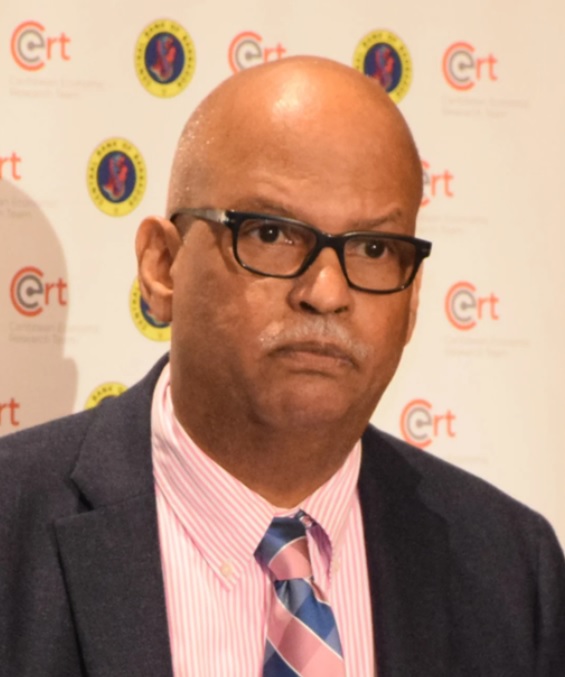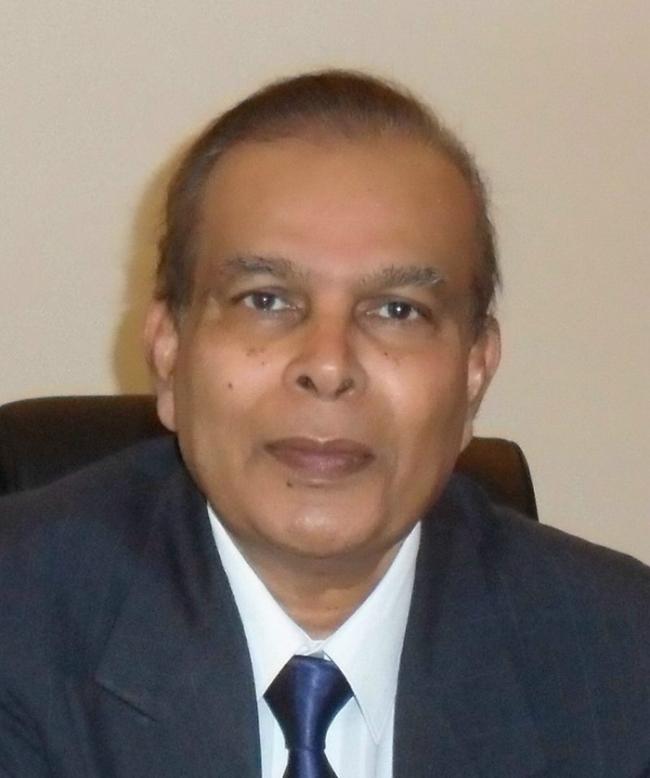This is the second in a series of articles on economic and development policy to protect Guyana from experiencing “Dutch Disease.”
The rapidly expanding oil sector and associated rising oil revenues have placed Guyana on a path of economic transformation. However, the experience of other resource-rich countries urges caution.
In some cases, as the “Dutch-Disease” can diverge a country from a robust growth and employment path. Dutch Disease occurs when a resource boom reduces the internal incentives to produce, and/or the international competitiveness of, domestically produced non-resource tradable (exportable and importable) goods. The term comes from the Netherlands, which saw a massive influx of foreign currency after it discovered large gas fields in the 1960s. While that surge made the country wealthy, it made many exports in other sectors less competitive abroad.
Rising foreign exchange inflows from oil revenues to support increased public spending to meet development needs can also result in inflationary pressures, if not carefully managed. Inflationary pressures and rising domestic costs will adjust relative prices between the tradable and non-tradable sectors, resulting in an adjustment in the real exchange rate, leading to a loss of international competitiveness and declining output and exports.
But none of these outcomes are inevitable. The Netherlands itself reinvested its oil wealth and forged a path to lasting prosperity even after its gas production began to stagnate. Conventional wisdom suggests a combination of monetary and fiscal policies to contain spending and inflation pressures potentially negating Dutch Disease. However, economic diversification and reduced dependence on the “booming” commodity sector is vital to maintaining economic stability and achieving stronger long-term growth.
Guyana’s Commodity Sectors: Limited Linkages
Before the onset of oil production Guyana’s mining sector – primarily bauxite and gold – had few linkages with the rest of the domestic economy. Robust growth in mining did not result in stimulating growth in other economic sectors. The oil sector, like mining, has few links to the non-oil economy suggesting that stimulating broad-based economic expansion over the medium to long-term will require policy intervention to promote inter-sectoral linkages and economic diversification. As stated earlier this will reduce dependence on oil and contribute to mitigating Dutch Disease.
Diversification Strategy
Many resource-rich countries have attempted to reduce their dependence on natural resources by pursuing economic diversification strategies focused on creating local linkages and productive employment, thereby reducing the potential for Dutch Disease. The results have been mixed. Oil producers in the Gulf Cooperation Council (GCC) like Bahrain, Kuwait, Oman, Qatar, Saudi Arabia, and the United Arab Emirates have diversified into capital-intensive sectors such as finance and telecommunications, as well as oil-related downstream value chains such as petrochemicals and energy-intensive heavy industry. In the Caribbean, Trinidad and Tobago’s diversification strategy promoted new industries, notably refining fuels, LPG, and petrochemicals together with other downstream activities from gas (e.g., methanol). Utilizing the energy supply the manufacturing sector expanded to supply a variety of products, particularly consumer goods, to the Caribbean Community (CARICOM) regional market.
The government has made clear that economic diversification is a medium to long-term policy priority. To support diversification the economy-wide impediments to investment and growth will need to be addressed. These include: First, closing the infrastructure and skills gaps.
The country’s road density, (0.024) is far below the LAC average (0.462), and the limited road network constrains the movement of goods and people. Transportation infrastructure is weakest in the interior, which limits access to public services and economic opportunities and contributes to deep regional disparities. Investments here are likely to have large economic impacts on the productivity of all sectors.
In addition, the lack of a deep-water port reduces Guyana’s export capacity. Increased electrification will require significant investment in grid rehabilitation and modernization. Importantly, Guyana’s oil reserves could provide cheaper and cleaner electricity by enabling it to use natural gas to supplant its current reliance on carbon- and pollution-intensive heavy fuel oil.
Second, with the low base in education in Guyana a concerted effort will be needed to build human capital – knowledge, skills, creativity and well being through significant investments in the education and health systems. However, this is also an issue that can only be overcome in a medium- to long-term timeframe. For this reason, to fill the specialized labor gaps in the short term, the country will need to reattract the Guyanese diaspora that have left the country and attract foreign professionals, as did many Gulf countries including Kuwait who pursued successful diversification strategies.
Third, a supportive business climate will be essential to promote investment and facilitate economic diversification. Business facilitation reforms to reduce or eliminate bureaucratic delay and ‘red tape’ and with increased digitization of processes and the establishment of e-government. These reforms will rely heavily on improving labor force skills to utilize modern information and communication technology.
Diversifying and modernizing the agricultural sector also offers potential activities for economic diversification. Strengthening the agricultural sector will benefit from the investments in road infrastructure. Rural producers have limited access to markets and public services and face high transportation costs. A stronger agricultural sector requires high-quality transportation infrastructure capable of moving goods quickly and reliably in large volumes and at low cost.
In conclusion, developing and implementing an economic policy framework that protects Guyana from Dutch Disease includes adopting appropriate fiscal and monetary policy to contain inflation, mitigating pressures on the real exchange rate, and maintaining economic stability. Macroeconomic policies need to be supported by structural policies that over the medium to long-term will support economic diversification, reducing dependence on the dominant oil sector and contribute to muting Dutch Disease that could result from the “booming” oil sector.
Dr. Meredith Arnold McIntyre has been an economist for over 30 years. He has worked in a variety of Caribbean regional institutions including the Caribbean Development Bank, Organization of Eastern Caribbean States, and the Caribbean Regional Negotiating Machinery in the 1990’s. Dr. McIntyre joined the International Monetary Fund (IMF) in February 2001 and worked on countries in Africa and the Caribbean including leading IMF country team missions to Guyana. Dr. McIntyre has published a book and a variety of articles on issues in macroeconomic and trade policy in small states. He is currently an Associate, Manchester Trade Ltd and a Fellow with the Caribbean Policy Consortium.





